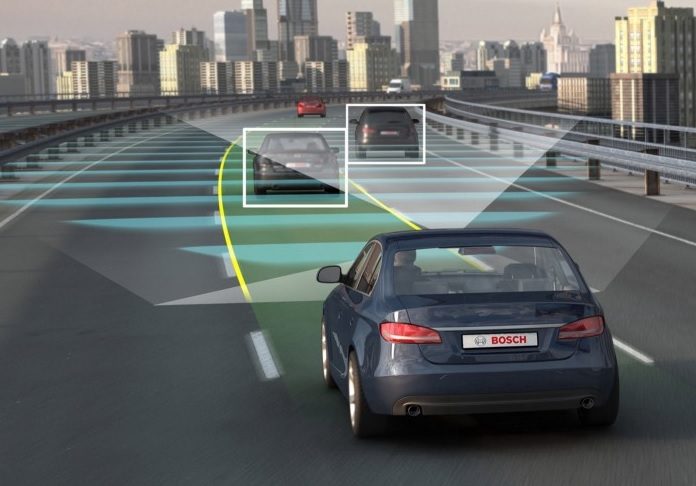
Autonomous vehicles – whether for personal transportation or freight delivery – could potentially disrupt life, business, and society enormously. The possible benefits include reductions in accidents arising from human error, reduced cost & environmental impact of transport, saving of time currently committed to driving, and accessibility to a broader range of users. In this post, we will address those potential advantages briefly for the benefit of our readers.
Safety and reduction in road traffic casualties
The road safety report 2018 by the World Health Organization (WHO) in 2018 indicates that the number of annual worldwide road traffic deaths has reached 1.35 million. It shows the human error to account for more than 90% to road fatalities leaving tremendous improvement opportunities for autonomous driving technologies. In particular, more than half of road fatalities occur among pedestrians, motorcyclists, and cyclists. Despite the lack of consistent global estimates, the WHO estimates that the cost of injuries is approximately 3% of the gross national product of a typical country. The elimination of human error through the widespread adoption of autonomous vehicles can significantly reduce accidents, with some experts putting the reduction as high as 90 percent.
Reduced congestion
Autonomous vehicles promise to reduce traffic congestion on city streets, caused by human error. A traffic congestion study, conducted in a simulated environment by the University of Illinois, suggests that 5 percent growth in autonomous vehicles on our roads can dramatically eliminate stop-and-go waves caused traffic accidents. In addition to smoother driving as a result of vehicle-to-vehicle communication, autonomous vehicles will be able to use digital mapping tools to optimize routes and thus spread out traffic in a more effective manner.
Mass transit optimization
Autonomous vehicles have the potential to serve as a complement to mass transit. Today, larger cities have the perpetual challenge of providing adequate public transportation both within a city and between cities. In most cases, cities are forced to put valuable resources towards routes with limited ridership which are incapable of handling the transit during peak hours. Further, in areas with limited access to transportation, the first-mile/last-mile problem presents barriers for more widespread transit use. In the long run, making smaller-scale AVs is a natural solution for public transportation routes that are either overserved or underserved today. They can easily connect individuals with the closest transit station to address the first-mile/last-mile problem.
Improved transportation service
Autonomous vehicles and the accompanying technological advancements promise to improve the experience of transportation more generally by expanding the concept of Mobility-as-a-Service. As a flexible addition to public transit, autonomous vehicles can support the introduction of innovative services, such as shuttles and drones, on more flexible hours, depending on the demand. Communication between cars could also allow for platooning, which increases the ability of transport systems to add more vehicles when needed. It can reduce scenarios of over-supply of transit, operating in response to demand. In the future, there could be no need for city dwellers to use or even buy individual private cars. Thanks to the diversity of transport services, shared and free-floating mobility. The need to park could also evolve, reducing the daily use of parking lanes and streets.
Lower emissions
Smooth acceleration and deceleration of autonomous vehicles promise to improve the fuel economy of driving, as opposed to human drivers. Similarly, platooning can increase roadway capacity and improve fuel economy through improved aerodynamics. Most importantly, the widespread adoption of electric vehicles can reduce the impact of fossil fuel-based vehicles in terms of infrastructure and emissions.
Reduction of social & environmental impact
Automakers are under tremendous pressure to reduce the environmental and social impact of the overpopulation of vehicles, as with up to 9 billion people are expected to live in the urban areas in the next 25 years. The adoption of autonomous features can lead to environmental benefits such as a decrease in fuel consumption, emissions, better arbitration of roads, and parking. Autonomy can also facilitate vehicle sharing that can reduce the use of vehicles on the road, thus eliminating traffic congestion.

















![Warehouse robotics companies in Europe transforming order fulfillment [Updated]](https://roboticsbiz.com/wp-content/uploads/2019/12/warehouse-robots1-218x150.jpg)




![Top stocks for investing in self-driving (autonomous) cars [Updated] autonomous-vehicle](https://roboticsbiz.com/wp-content/uploads/2019/05/autonomous-vehicle-218x150.jpg)